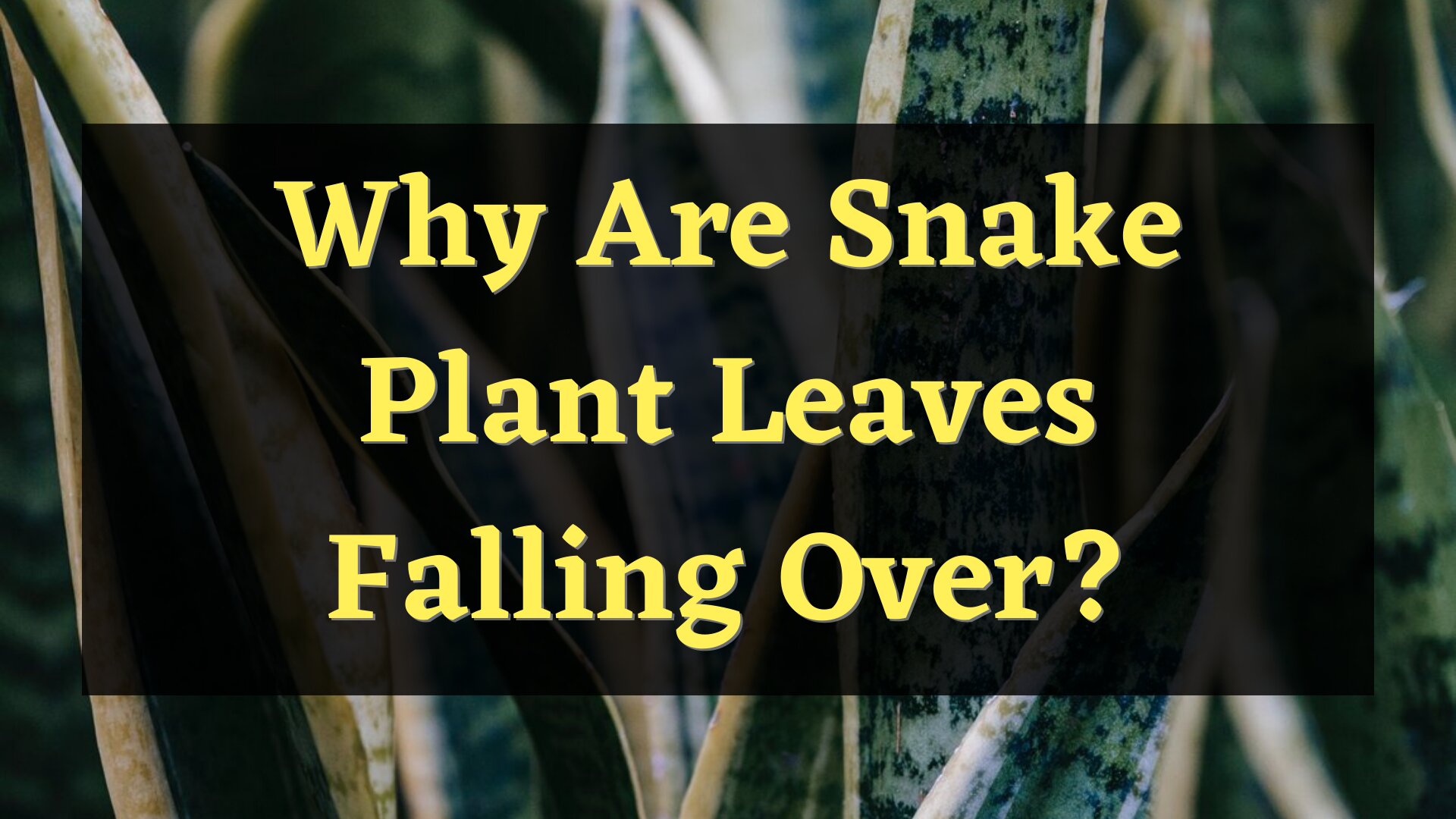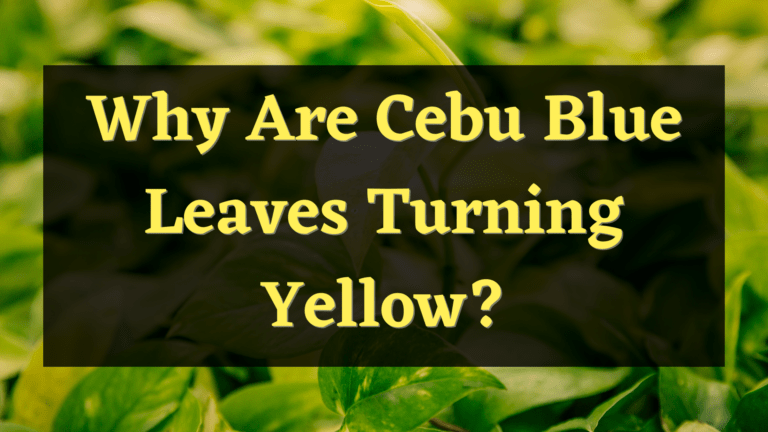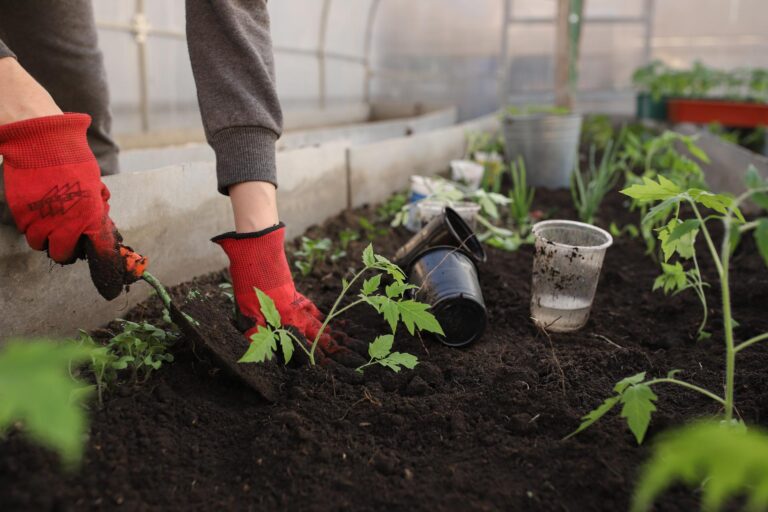Snake plants are hardy, low-maintenance plants, but they are not immune to diseases, some of which cause their leaves to fall over. Given their ability to basically thrive in any environment, many plant owners may choose to just ignore their needs. However, this will result in many problems, one of them being snake plant leaves falling over.
Common Causes why Snake Plant Leaves Falling Over
Overwatering
Watering issues typically begin when you overwater, water too deeply, or water your snake plants incorrectly. Snake plants have large, water-storage leaves that help them survive in arid climates. Overwatering snake plants makes them quickly vulnerable to root rot. They cannot survive in wet soil for an extended period of time before showing signs of stress. Falling leaves are the initial sign of a snake plant being overwater, followed by yellow leaves and more.
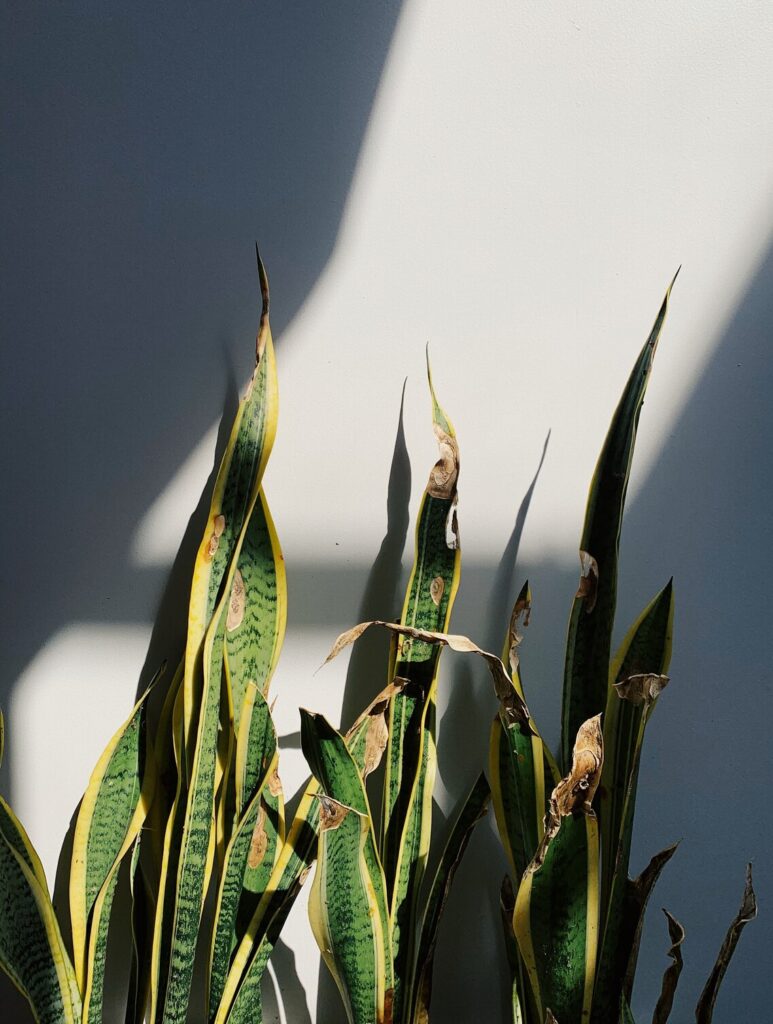
To eliminate any potential fungal growth, water your plants for two to three months with 3% hydrogen peroxide if you think that there is a danger of root rot developing in the soil. Less watering is also improper, but the snake plant can tolerate it for an extended period of time. But when you water the snake plant incorrectly, for instance; occasionally, you water at the proper time, and occasionally, you neglect to water—it causes tension. When a snake plant is stressed, leaves will be starting to fall over.
Improper Lighting
Because they are resilient indoor plants, snake plants may thrive under any lighting condition. They love direct, strong light because it promotes long-term growth and health. When a snake plant is exposed to long periods of poor light, the leaves will begin to fall because there isn’t enough light for the plant to produce the energy it needs to stay firm and glossy. The snake plant’s leaves can become droopy from too much light since they will quickly lose moisture. Snake plants can initially display symptoms of distress through their leaves.
This should be fixed gradually rather than all at once. Move your plant gently into stronger light if you’re relocating it from a shaded spot to a better light source.
Too much Humidity
To be healthy and produce good-looking foliage, the snake plant does not require an excessive amount of water or moisture. Maintaining the moisture level will keep the plant healthy. They don’t enjoy dampness at all.
A snake plant might suffer badly from high humidity as moisture content rises the leaves begin to fall off. The snake plant’s leaves suffer when the humidity exceeds 60% since there is too much moisture for them to grow. The snake plant thrives and is happiest at a humidity level of about 40%. The plant doesn’t require a lot of water in the soil or the atmosphere since it stores water.
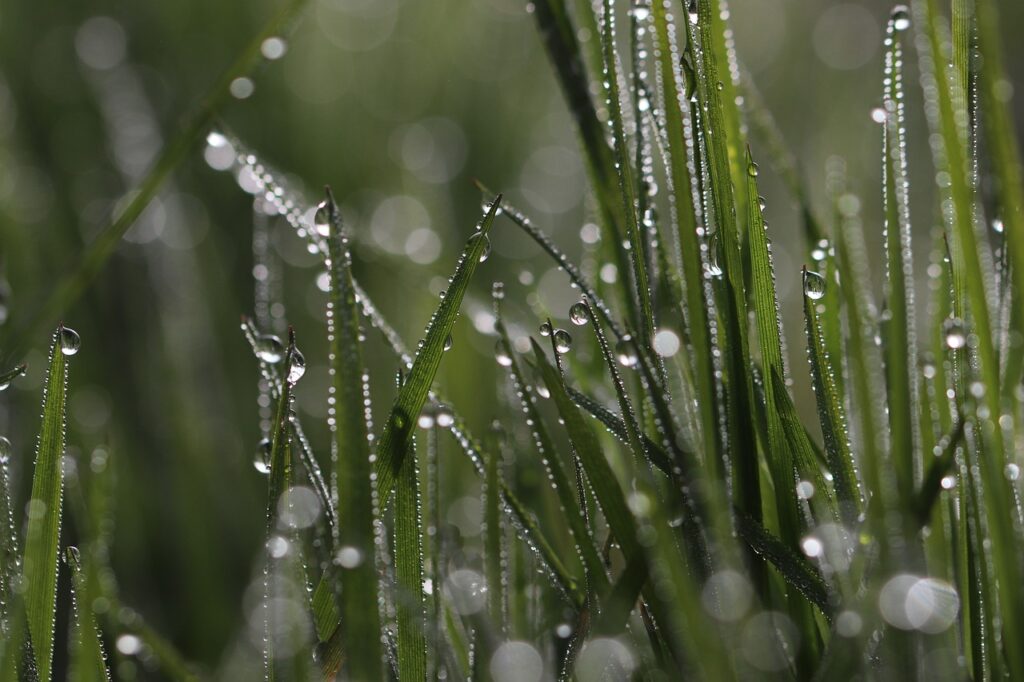
Poor Soil
If your watering schedule is in order and your snake plant leaves are still falling over, the soil combination might be the issue. The soil mixture may be dense and incapable of removing enough water. The snake plant’s potting mixture needs to be well-draining and well-aerated.
Heavy soil mixtures will retain water for an excessive amount of time and won’t drain the extra water, which will suffocate the soil and cause its roots to rot. This condition will ultimately result in the snake plant’s leaves falling.
Insect Infestation
Snake plants can be a particularly easy target for pests if kept in unsuitable conditions, especially when kept in high humidity and constantly overwatered. It might also be external, meaning that other infected plants are to blame. An infestation of pests leaves the plant vulnerable and creates a domino effect of problems. The first indicators of pest infestations are the fallen leaves because the bugs will drain the sap from them, which causes the leaves to begin losing their vigor.
How to Prevent Snake Plant Leaves from Falling Over?

1. Water just when the plant requires it; ideally, the soil should be completely dry. By inserting a finger up to a few inches into the soil, you can determine this. You must wait until the soil is entirely dry before you water it. Refrain from watering your snake plants when the soil is still moist.
2. Use drapes, blinds, or other barriers to stop or filter the sun’s direct rays from reaching the snake plant. The snake plant should ideally be kept a few feet away from the window that faces south, giving it plenty of light all day. Avoid keeping the snake plant in low light and overwatering it. This will result in falling over leaves, which will ultimately fuel internal problems.
3. They require balance, neither too high nor too low levels of humidity. If these circumstances persist for a long time, your snake plants may suffer. You choose to use a humidifier to keep the area around the plant’s humidity level steady and always suitable for your snake plant to recover quickly.
4. By adding a small amount of worm compost to the potting soil, the soil can be made to drain efficiently. Additionally, you can purchase a widely accessible succulent mix from the market. Also, while watering, observe whether or not the water runs off the soil quickly or within the range of two minutes to determine if the soil is well draining or not. It is also important to examine the pot’s drainage system. Repotting in a somewhat larger container than where it was before can also treat a snake plant whose leaves are starting to fall over.
5. Cut off any damaged leaves or rotting roots right away, and then repot the plant in new soil. Cleanse the soil and wait a few weeks to use a pesticide to entirely eradicate the bugs. To control a pest infestation, you can use any available chemical or natural solution, such as horticultural oil. Overwatering and overfertilizing the snake plant will only make matters worse.
Conclusion
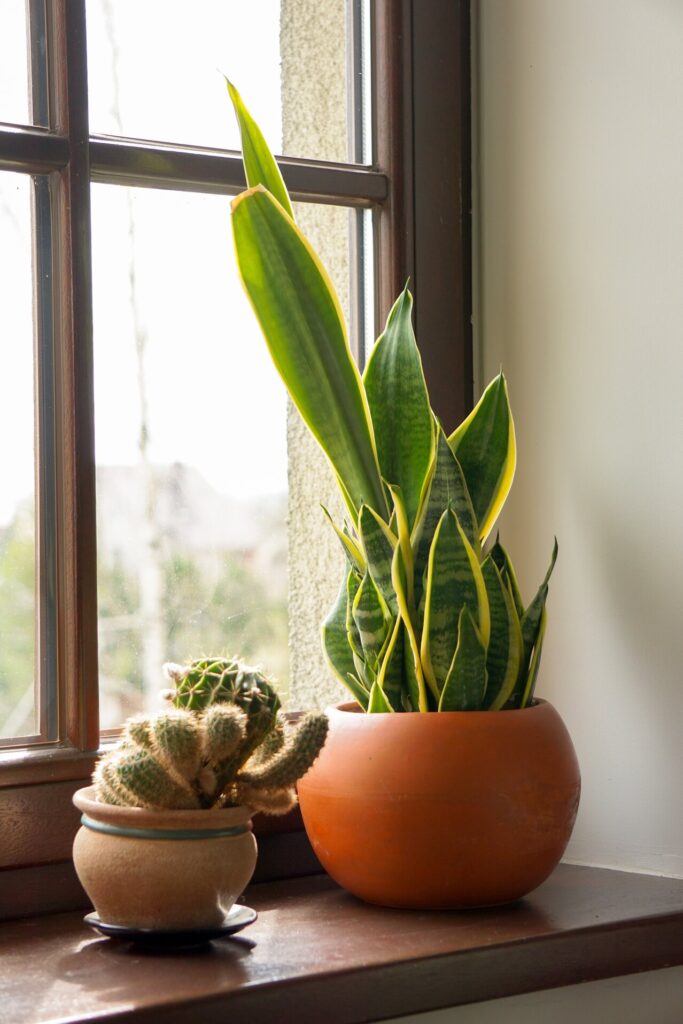
Snake plants are very adaptive plants, but if their demands had not met, it can result in their leaves falling over. It is important to take care of them and make sure that they had not neglected. Give them plenty of water and light, plenty of light, and less water.

Elizabeth Mcmillan is a passionate gardener with a strong interest in plants. She used to be a teacher, but Elizabeth has spent the last few years immersing herself in the world of plants, learning about their biology and cultural value and trying out different ways of growing them in her own garden. Elizabeth Mcmillan loves indoor plants, succulents, and cacti, and her friends and family know her as a plant care expert.

